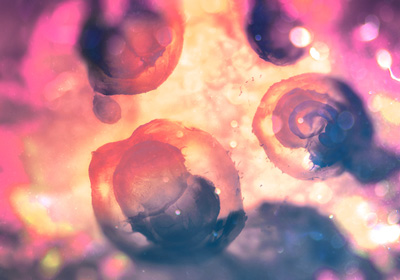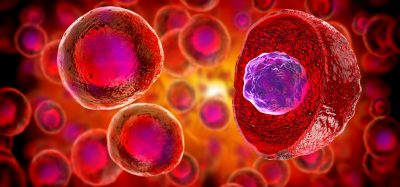Scientists develop human embryos through early post-implantation stages
Posted: 4 May 2016 | Victoria White, Digital Content Producer | No comments yet
The technique, developed by scientists at Cambridge University, could open up new avenues of research aimed at helping improve the chances of success of IVF…


A new technique that allows embryos to develop in vitro beyond to the post-implantation stage has been developed by scientists at the University of Cambridge, allowing them to analyse for the first time key stages of human embryo development up to 13 days after fertilisation.
The technique could open up new avenues of research aimed at helping improve the chances of success of IVF.
This pre-implantation period has been extensively studied in human embryos using in vitro culture methods. However, on the seventh day of development, the human embryo must implant into the uterus of the mother to survive and to develop further. The failure of an embryo to implant is a major cause of early pregnancy loss and yet the cellular and molecular changes that take place in the human embryo at this stage remain unknown. This is because it is impossible to carry out such studies on embryos developing in the womb, and until now there has been no system to culture human embryos in the laboratory beyond day seven.
Today, two international teams report the development of a technique that allows them to culture human embryos outside the body of the mother for an additional six days, up to day 13 of development. This work builds on previous work by Professor Magdalena Zernicka-Goetz’s team from the University of Cambridge on mice.
Using the technique, the researchers have shown that the reorganisation of the embryo that normally takes place during early post-implantation development can be achieved in the lab given the right culture conditions.
Professor Zernicka-Goetz, who led the UK research, says: “Implantation is a milestone in human development as it is from this stage onwards that the embryo really begins to take shape and the overall body plan are decided. It is also the stage of pregnancy at which many developmental defects can become acquired. But until now, it has been impossible to study this in human embryos. This new technique provides us with a unique opportunity to get a deeper understanding of our own development during these crucial stages and help us understand what happens, for example, during miscarriage.”
“Embryo development is an extremely complex process and while our system may not be able to fully reproduce every aspect of this process, it has allowed us to reveal a remarkable self-organising capacity of human blastocysts that was previously unknown,” says Dr Marta Shahbazi from the University of Cambridge.
Researchers followed the development of embryos up to day 13 of development
The researchers established a system for the in vitro culture of human embryos and, using this technique, followed the development of the embryos up to day 13 of development. Immediately following ‘implantation’, the three cell types that comprise the blastocyst reorganise into a new configuration.
“The stem cells in the epiblast that will form the future body have the remarkable ability to self-organise themselves and create a cavity that represent the basic structure of the early post-implantation human embryo,” says Professor Zernicka-Goetz. “Without this cavity, it would be impossible for the embryo to develop further as it is the basis for its future development. It is also a mechanism that we can study using human embryonic stem cells.”
This cavity was previously thought to arise through a process known as apoptosis, or programmed cell death, but using human embryonic stem cell models, the researchers were able to show that in fact cell death is not required for the cavity formation in human embryos.
Commenting on the research, Dr Simon Fishel, founder and President of CARE Fertility Group, said: “This is about much more than just understanding the biology of implantation embryo development. Knowledge of these processes could help improve the chances of success of IVF, of which only around one in four attempts are successful.”
Related topics
Stem Cells
Related organisations
University of Cambridge







